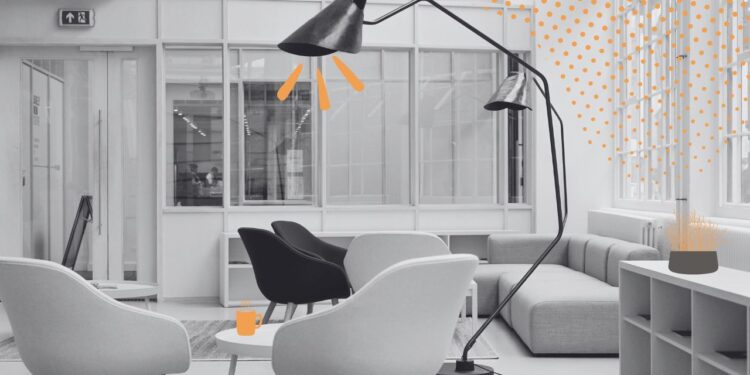This article is part of the Allwork.Space 2023 Future Of Work Forecast. Click here to read about other trends we expect to see in the new year and how they will impact the future of work.
- The office sector will have to adapt to new ways of design that are more eco-conscious, and this is already being seen.
- Organizations can be expected to integrate the remote and in-person employee experience by installing new, flexible technology within meeting rooms, common areas, and individual offices.
- Multi-modal design is also making a big impact in the post-pandemic workplace due to all that it offers for workers.
PART OF OUR 2023 FUTURE OF WORK FORECAST
Workplace design is being pulled in a million directions, but is also expected to be flexible, sustainable, data-driven, multi-model, and integrate all the necessary and new technologies. Here are the top five workplace design trends that will make their way into 2023.
1. Net zero buildings will gain more momentum
Net zero means cutting greenhouse gas emissions to as close to zero as possible.
Net zero buildings have been gaining popularity for a while but the number of real estate companies adopting the net zero approach could accelerate as the world continues to suffer the consequences of climate change.
About 40% of annual global carbon dioxide emissions come from buildings and construction. Design of these buildings/offices in future will play a big part in reducing carbon emissions; organizations will be using sustainable materials as well as suppliers to achieve net zero.
Over 450 firms around the world have already pledged to finance the transition to net-zero emissions by 2050.
The office sector will have to adapt to new ways of design that are more eco-conscious, and this is already being seen — the best examples being La Jolla Commons in California and The Unisphere in Maryland.
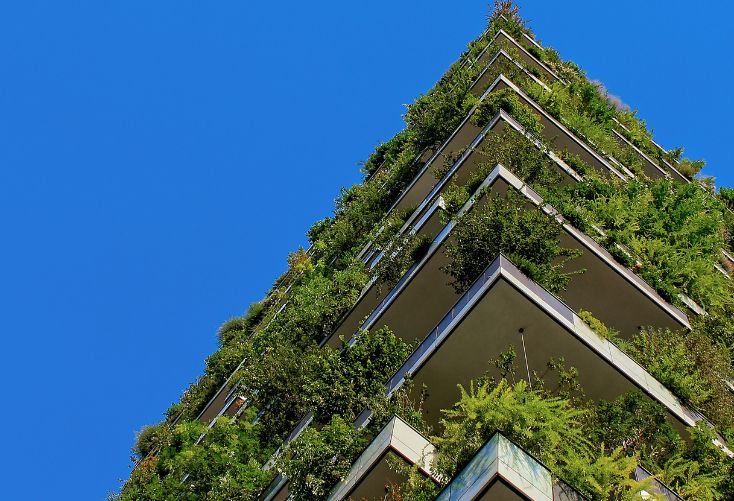 2. Companies are solidifying how hybrid and remote work will shape the physical office space
2. Companies are solidifying how hybrid and remote work will shape the physical office space
Tim Gawel, Market Sector Leadership Associate Principal at sustainable design company HED, told Allwork.Space that as we close out 2022, many organizations are dissatisfied with how their current office facilitates hybrid work and virtual interaction.
Over the past 6 months, companies have solidified their hybrid workplace policies and are now looking for ways to redesign their office spaces to support remote and in-person employees. Gawel says that we can expect organizations to integrate the remote and in-person employee experience by installing new, flexible technology within meeting rooms, common areas, and individual offices.
“One of the major design elements we’re expecting to be carried into the new year are conference rooms with technological integrations that allow for everyone to have the same on-camera appearance and audio quality. We’ll also see the emerging trend of technology accommodating live working meetings through constant video and audio connectivity as well as the possibility to move about the office while still engaging with virtual employees. Organizations who consider the entire workplace, both virtual and in-person, in their 2023 renovations will have the edge over those who simply update their office furnishings,” Gawel told Allwork.Space.
As employees return to the office and further embrace the hybrid experience, there is less need for individually “owned” spaces like closed offices. A larger emphasis is being placed on team and community-centered spaces that can be utilized for a variety of events.
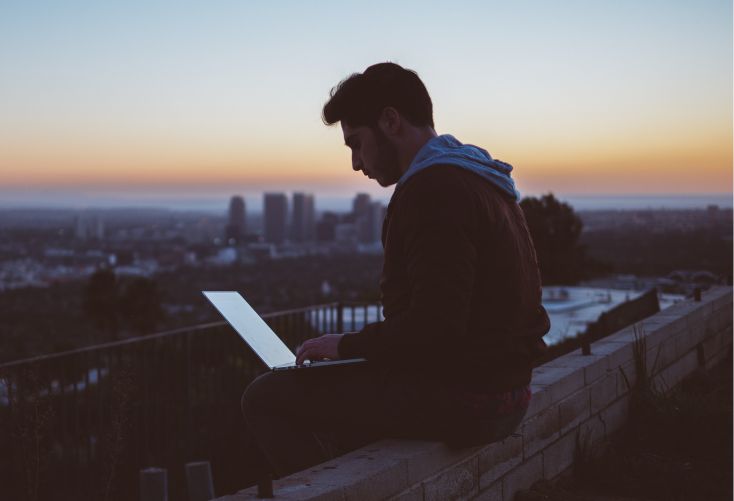 3. Data-driven design will be in demand as organizations create their office design strategies in the new year
3. Data-driven design will be in demand as organizations create their office design strategies in the new year
Until now, many organizations approached facilities with a trial-and-error approach about what works best for their company and employees. The pandemic has shaken that tactic and created a demand for an evidence-based approach to office design.
Essentially, data-driven design is done in a way that takes into account worker behavior, such as their activity in the office/coworking space which is monitored through sensors or other technologies.
Data-informed workplace design optimizes office space use by utilizing real-time data and trends, hence increasing productivity.
“In 2023, we will see an increase in facility analysis, user feedback, tech and furnishing prototypes, and space concept testing within office spaces so companies can make an informed, data-driven decision to office design,” according to Gawel.
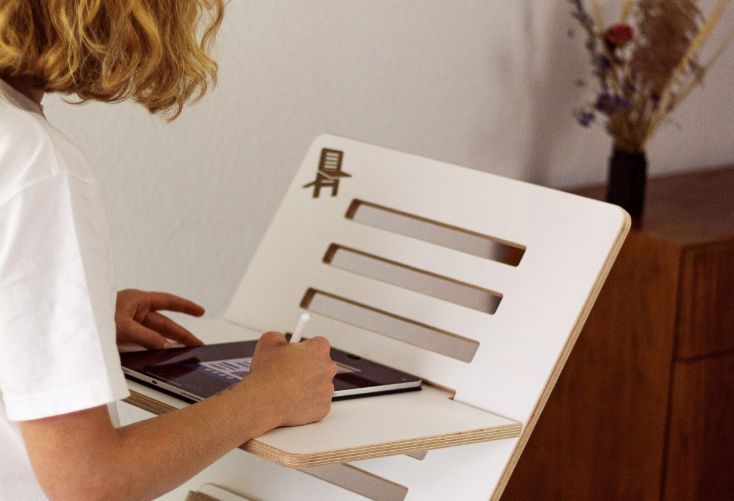 4. Multi-modal design will optimize the future of work
4. Multi-modal design will optimize the future of work
Multi-modal design is making a big impact in the post-pandemic workplace due to all that it offers.
This type of workplace design includes deep focus spaces for quiet work, “soulful” spaces with comfortable and creative furniture and conversation nooks, innovation or event spaces, formal gathering spaces, and community spaces.
This design can help to break down silos and encourage greater collaboration and interpersonal encounters. Employees within these spaces don’t need to stay at a particular desk or specific area, which allows for more movement around the space and even more usage.
“Multi-modal working combines layers of well-considered, simple technology with pragmatic design solutions and is overlaid with storytelling and relevant experiences that optimize the work experience,” according to Forbes.
 5. Offices are greenwashing rather than achieving biophilic/sustainable design
5. Offices are greenwashing rather than achieving biophilic/sustainable design
Companies and buildings are feeling the pressure to do more for the environment, so they’re turning to sustainable practices to achieve this…or so they think.
Some of them are actually engaging in greenwashing instead of true biophilic design; greenwashing is the false impression of sustainability. An office filled with aesthetically pleasing plants doesn’t mean that it isn’t still contributing to climate change.
Biophilic design is achieved by connecting people and nature within their built environments. The most effective biophilic design considers the environmental impact of every incorporated aspect, placing importance on sustainability over “green” looks.
Biophilia is becoming increasingly demanded by office workers, and organizations are beginning to listen more and more due to their desire to accommodate workers and bring people back into the office.
If organizations want to be sustainable, save money, and gain social popularity, they will need to become truly green, not just greenwashed.
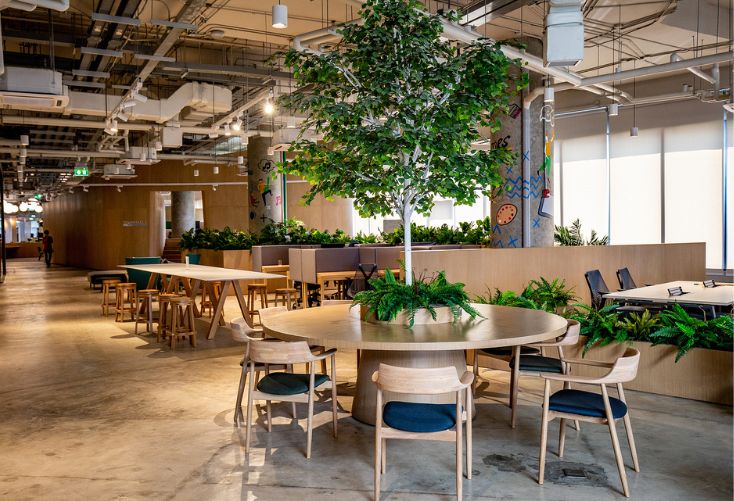


 Dr. Gleb Tsipursky – The Office Whisperer
Dr. Gleb Tsipursky – The Office Whisperer Nirit Cohen – WorkFutures
Nirit Cohen – WorkFutures Angela Howard – Culture Expert
Angela Howard – Culture Expert Drew Jones – Design & Innovation
Drew Jones – Design & Innovation Jonathan Price – CRE & Flex Expert
Jonathan Price – CRE & Flex Expert
